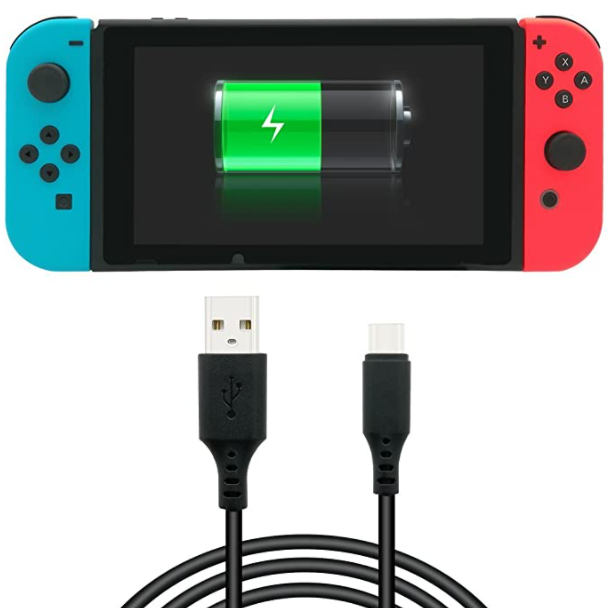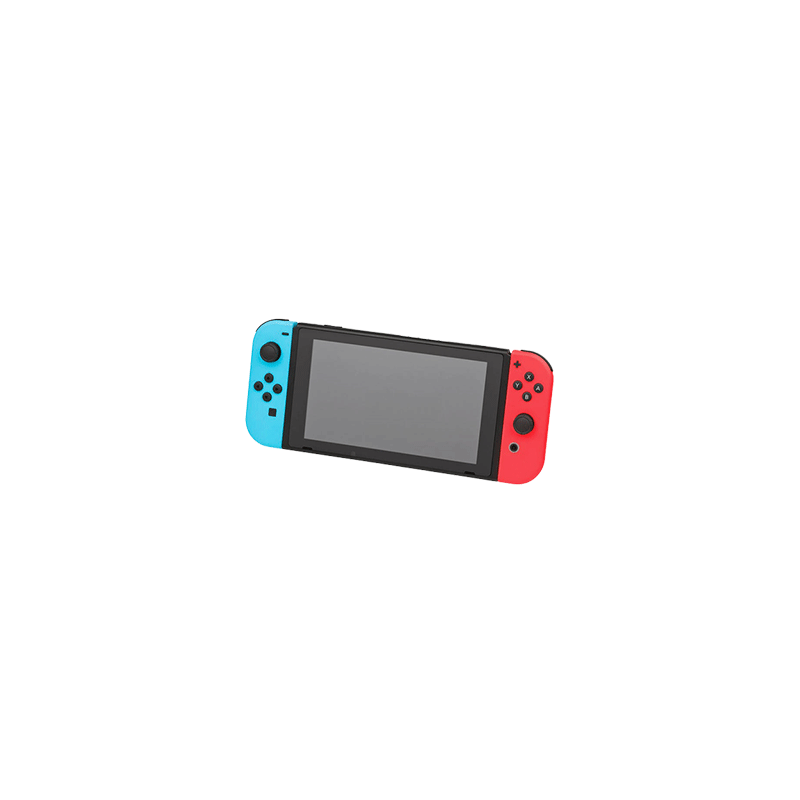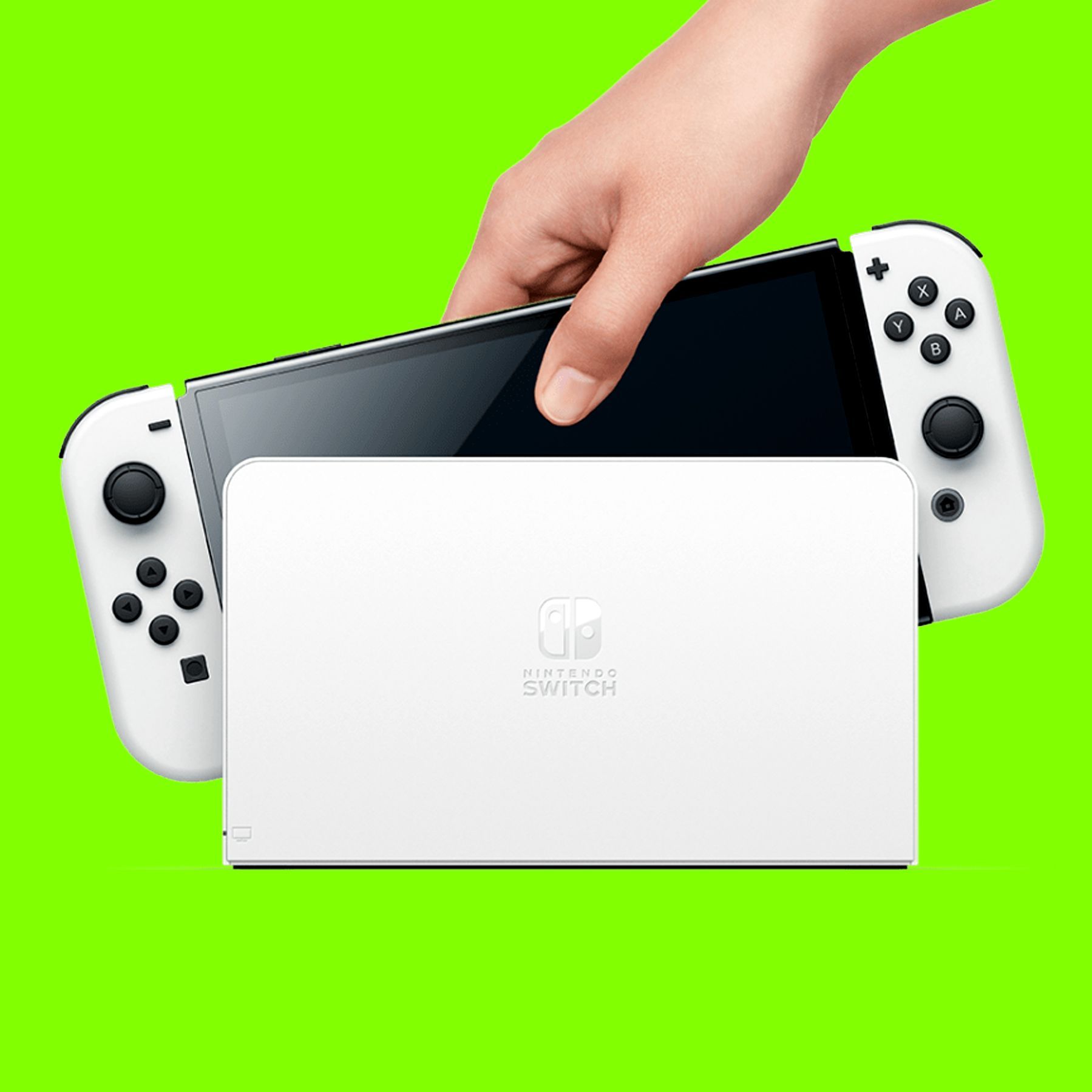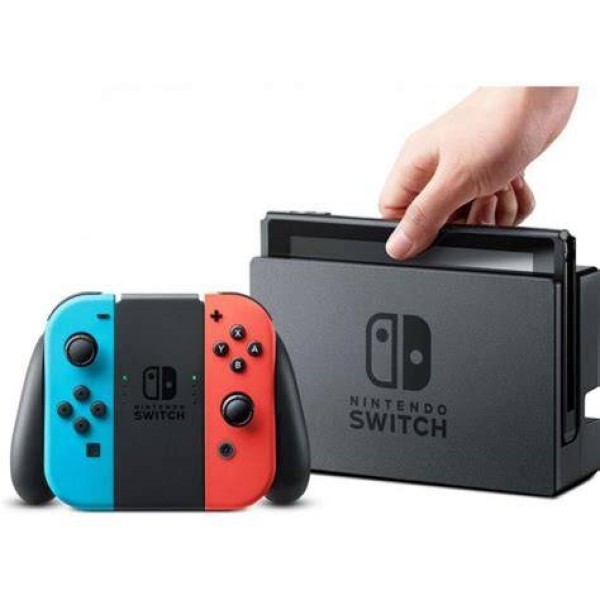If your Nintendo Switch won’t turn on, it can be frustrating and disrupt your gaming routine. You press the power button, but nothing happens—no lights, no screen, no response. This common issue affects many users and can stem from various causes. Sometimes the problem is simple, like a drained battery. Other times, it might involve hardware failure or software glitches. However, most cases are fixable with the right steps. First, stay calm and avoid forcing the device. Then, begin a structured troubleshooting process. This guide will walk you through every possible cause and solution. By following these steps, you can often restore function without professional help. Recognizing the root issue saves time and money. Moreover, understanding why the switch won’t turn on helps prevent future problems. Whether you own a standard Switch, OLED, or Lite model, these tips apply. Let’s explore each potential fix in detail.
 Checking the Power Source and Charging Setup
Checking the Power Source and Charging Setup
The first step is to verify your charging system. A dead battery is the most common reason a switch won’t turn on. Start by plugging in the official Nintendo power adapter. Use the original USB-C cable to avoid compatibility issues. Third-party cables sometimes fail to deliver enough power. Next, connect the adapter to a wall outlet, not a computer or power strip. Wall outlets provide stable voltage. Then, let the device charge for at least 30 minutes. Do not attempt to turn it on during this time.
A completely drained battery needs time to reach minimum startup power. While charging, look for a red LED near the dock or on the console. On the Switch Lite, a charging icon should appear. If there’s no sign of power, test a different outlet. Also, try another cable or adapter if available. If the Switch still doesn’t respond, move to the next step. Replacing faulty components often solves the issue.
Using the Correct Charger and Cable
Not all USB-C chargers work the same way. Nintendo recommends using a 5.0V/1.5A or higher output charger. Many phone chargers only provide 1.0A, which charges too slowly or not at all. Therefore, using underpowered adapters can make it seem like the switch won’t turn on. Always use the official Nintendo AC adapter when possible. It delivers 15V/2.6A when docked, which is essential for TV mode. For portable use, the same adapter provides 5V/1.5A. Third-party chargers labeled “PD compatible” may work, but quality varies.
Cheap or damaged cables can interrupt power flow. Inspect your cable for frays, bends, or loose connections. Replace it if you notice any damage. Also, avoid long extension cords or power strips with surge protectors. They sometimes reduce current. Try plugging directly into the wall. Finally, test the charger with another device. If it fails to charge a phone or tablet, it likely needs replacement. Getting the right power supply restores function in many cases.
Inspecting the Charging Port
The charging port on your Switch can collect dust, lint, or debris. Over time, this buildup blocks the connection. As a result, the console won’t charge or turn on. To check, turn off the device and examine the port. Use a bright light to see inside. You might notice small particles stuck in the corners. Never use metal objects like pins or paperclips. They can scratch or short the contacts. Instead, use a clean, dry toothbrush or soft brush.
Gently sweep out any visible dirt. Compressed air also helps, but use short bursts. Hold the can upright to avoid moisture spray. After cleaning, reconnect the charger and wait. If the LED lights up, the port was likely blocked. However, if the port is loose or wobbly, it may need repair. Physical damage prevents secure connection. In that case, professional service is necessary. A clean, intact port ensures reliable charging and startup.
 Performing a Hard Reset
Performing a Hard Reset
If the Switch appears unresponsive, a hard reset can help. This action forces the system to restart and may clear minor software issues. First, press and hold the Power button for 15 seconds. Do not release it early. The console may not show signs of life, but keep holding. After 15 seconds, release the button. Wait 10 seconds, then press it again to turn on. This process drains residual power and resets internal circuits. Often, the switch won’t turn on simply because of a frozen state.
The hard reset clears this blockage. If the screen lights up after this, the fix worked. However, if nothing changes, repeat the process twice more. Sometimes multiple attempts are needed. Also, ensure the device has some charge before trying. A fully dead battery won’t respond to a reset. Once powered, the system may boot normally. This simple step resolves many startup problems.
Testing with the Dock
The dock can influence whether your switch won’t turn on. Sometimes the issue lies not with the console but with the docking station. To test, remove the Switch from the dock. Try turning it on in handheld mode. If it powers up, the dock might be faulty. Check the dock’s power cable and HDMI connections. Ensure both ends are firmly plugged in. Then, press the small power button on the back of the dock.
The blue light should turn on. If not, unplug the dock for 30 seconds and reconnect. This resets the dock’s internal systems. Next, reinsert the Switch gently. Align it properly to avoid damaging the ports. If the screen remains black, try a different HDMI cable or TV input. Faulty cables often mimic console failure. Also, test the TV with another device. If the TV doesn’t detect any signal, the issue is external. Replacing or resetting the dock often restores functionality.
 Checking for Physical and Liquid Damage
Checking for Physical and Liquid Damage
Physical trauma can prevent the Switch from turning on. If you’ve dropped it, the internal components may be damaged. Look for cracks on the screen or casing. Even small cracks can indicate internal stress. Check the buttons and Joy-Con rails for misalignment. A bent frame might interfere with power delivery. Also, inspect the battery area. Swelling batteries push against the screen and prevent startup. If the screen bulges or feels tight, stop using the device. Swollen batteries are dangerous and need professional removal.
Liquid damage is another critical factor. Spills or moisture exposure can short-circuit the motherboard. If your Switch got wet, do not try to turn it on. Instead, power it off immediately and dry it. Remove the Joy-Cons and leave the device in a dry, warm place for 24–48 hours. Silica gel packets can help absorb moisture. However, water damage often requires repair. Signs include corrosion on ports or a musty smell. In such cases, contact Nintendo Support or a repair shop.
Updating and Recovering the System
Software issues can cause the switch won’t turn on, even with power. Corrupted system files may block startup. Fortunately, Nintendo provides recovery options. First, ensure the device has charged for at least 30 minutes. Then, press and hold the Volume Up and Volume Down buttons. While holding them, press and release the Power button. Keep holding the volume buttons until the recovery menu appears. This mode lets you update the system or format the data. Choose “Update System Software” if available. It downloads the latest firmware and repairs broken files. If the screen stays black, the problem may be hardware-related. However, if you see the menu, follow the on-screen prompts. Use a computer to download the update file if needed. Then, transfer it via microSD card. This method works when internet access is limited. System recovery can fix deep software errors. It’s a powerful tool before seeking professional help.
 Frequently Asked Questions About the Switch Won’t Turn On
Frequently Asked Questions About the Switch Won’t Turn On
Why does my Switch not respond when I press the power button?
It may be completely drained. Charge it for 30 minutes before trying again.
Can a software update fix a black screen?
Yes, using recovery mode to update the system can resolve software crashes.
Is it safe to use third-party chargers?
Only if they meet USB-PD standards. Poor-quality chargers can damage the battery.
What should I do if the screen flickers but won’t start?
Try a hard reset. If that fails, the display or motherboard may need repair.
How long should I charge a dead Switch before it turns on?
At least 30 minutes with the official charger. Some cases need longer.
Can overheating prevent the Switch from turning on?
Yes, excessive heat triggers safety shutdowns. Let it cool down first.
Does a blinking red light mean the Switch is broken?
A blinking light usually means low battery. Charge it fully and retry.
Should I open the Switch to fix it myself?
No, opening it voids the warranty. Seek professional repair instead.
Can a factory reset help if the Switch won’t power on?
Only if you can access recovery mode. Otherwise, hardware may be at fault.
 Final Thoughts on Fixing a Switch That Won’t Turn On
Final Thoughts on Fixing a Switch That Won’t Turn On
When your switch won’t turn on, it’s important to stay calm and follow a logical process. Start with the simplest solutions, like charging and hard resets. Then, move to more detailed checks of cables, ports, and software. Most issues have clear fixes that don’t require expert help. However, physical or liquid damage often needs professional repair. Avoid opening the device yourself, as this can cause more harm. Regular maintenance, like cleaning the port and using the right charger, prevents future problems. Keeping your system updated also reduces software-related failures. Ultimately, understanding the causes helps you act quickly and effectively. Whether it’s a drained battery or a deeper issue, solutions exist. By applying these steps, you increase the chances of restoring your device. Remember, a switch won’t turn on doesn’t mean it’s permanently broken—it just needs the right attention.